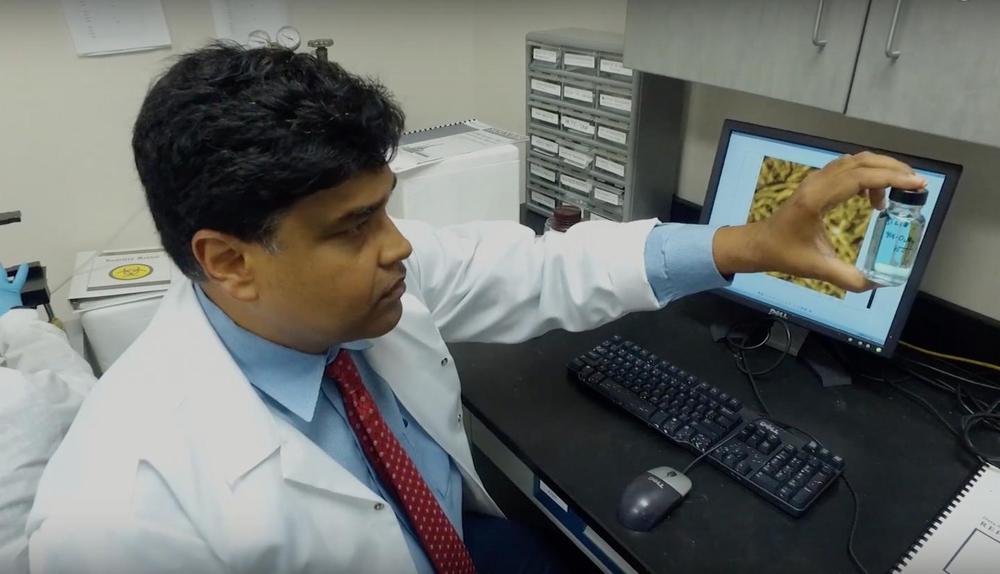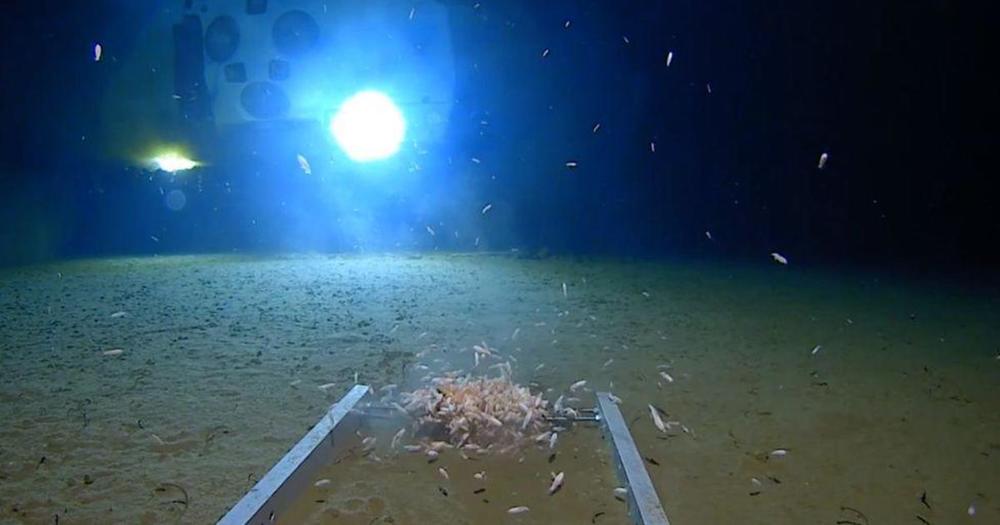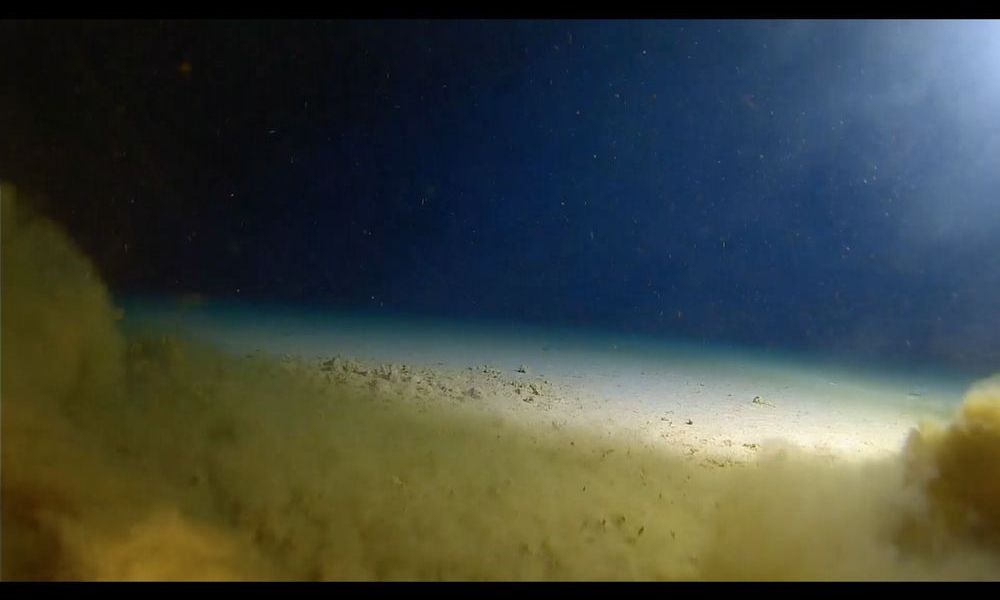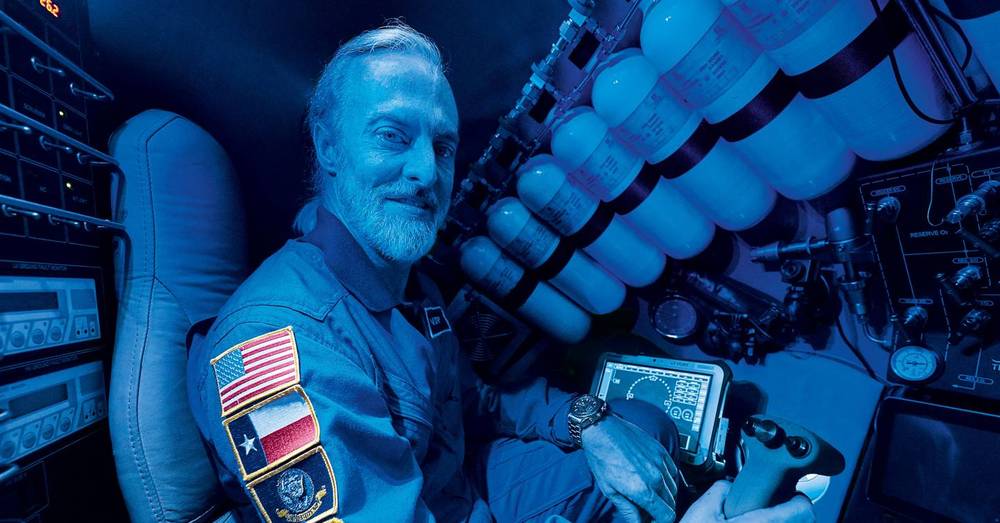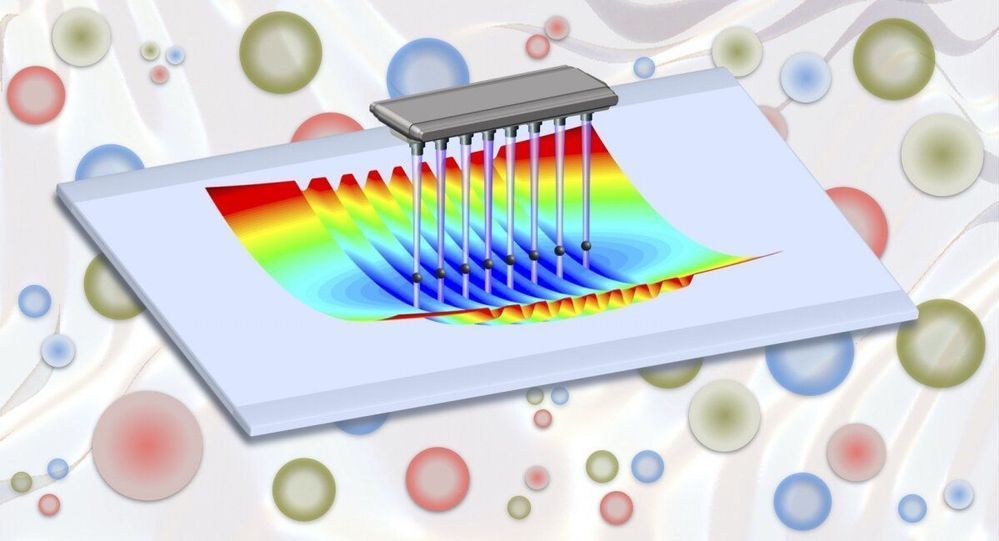Apr 10, 2020
Sustained Cerebrovascular and Cognitive Benefits of Resveratrol in Postmenopausal Women
Posted by Nicholi Avery in categories: biotech/medical, life extension, neuroscience
Resveratrol may reduce aging within the brain.
Deficits in the cerebral microcirculation contribute to age-related cognitive decline. In a pilot study of postmenopausal women, we found that supplementation with a low dose of resveratrol, a phytoestrogen, for 14 weeks improved cerebrovascular and cognitive functions. We have since undertaken a larger, longer term study to confirm these benefits. Postmenopausal women aged 45–85 years (n = 129) were randomized to take placebo or 75 mg trans-resveratrol twice daily for 12 months. Effects on cognition, cerebral blood flow, cerebrovascular responsiveness (CVR) and cardiometabolic markers (blood pressure, diabetes markers and fasting lipids) were assessed. Compared to placebo, resveratrol improved overall cognitive performance (P < 0.001) and attenuated the decline in CVR to cognitive stimuli (P = The latter effect was associated with reduction of fasting blood glucose (r = P = This long-term study confirms that regular consumption of resveratrol can enhance cognitive and cerebrovascular functions in postmenopausal women, with the potential to slow cognitive decline due to ageing and menopause. View Full-Text.

